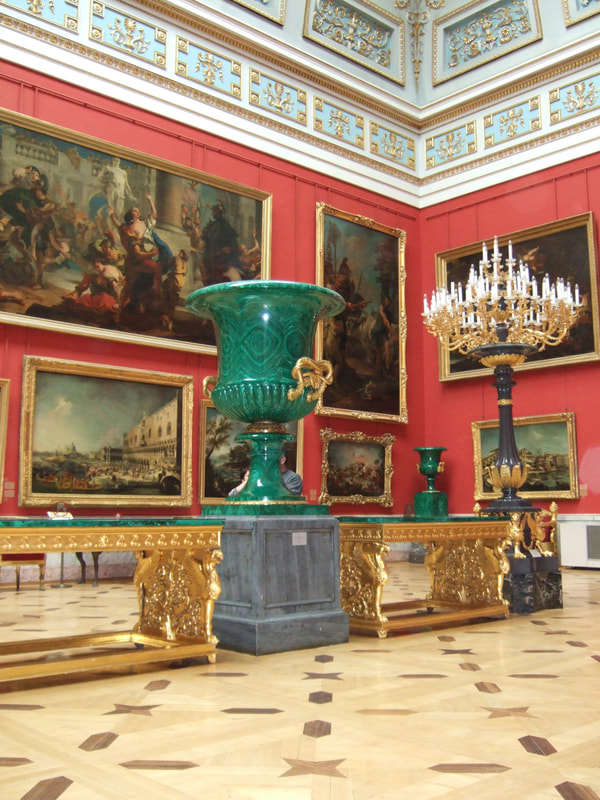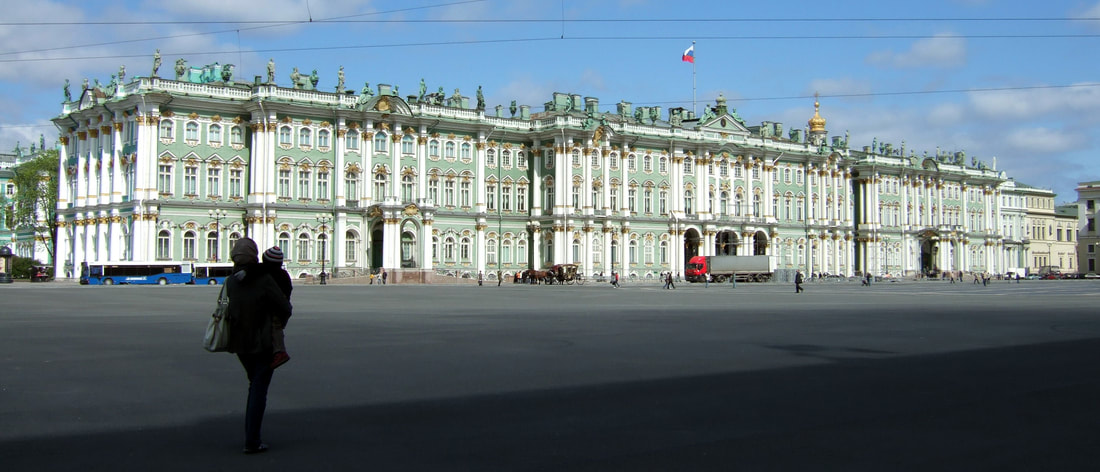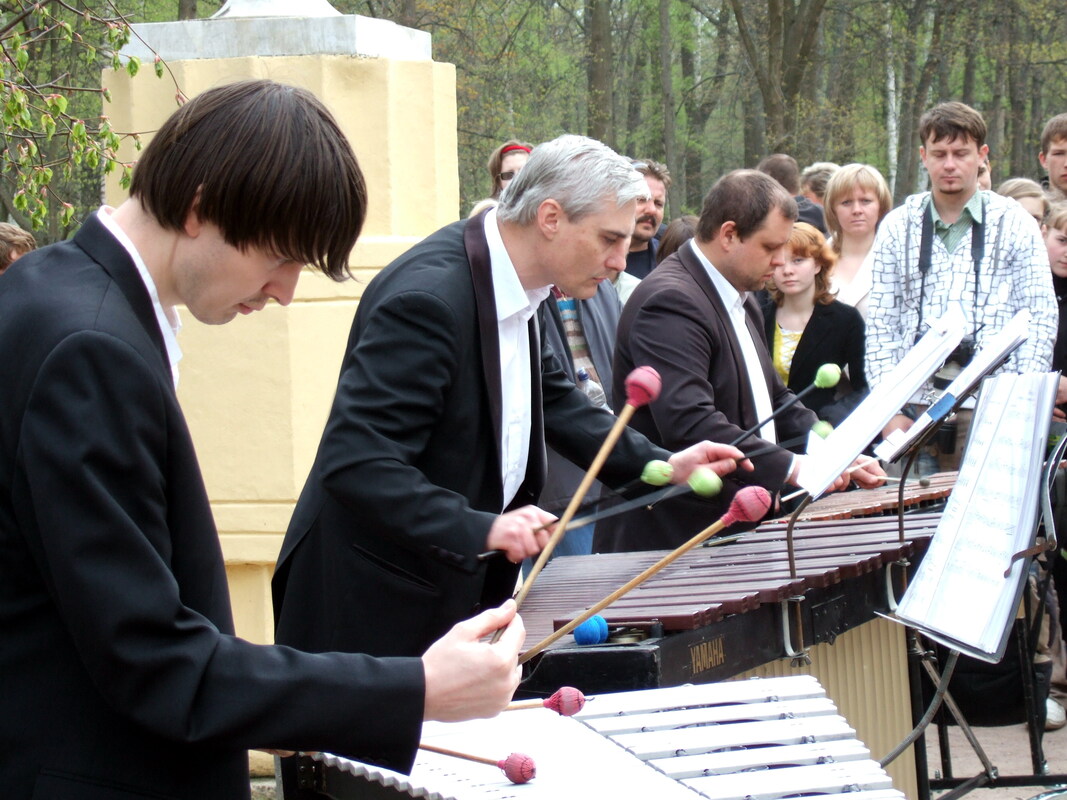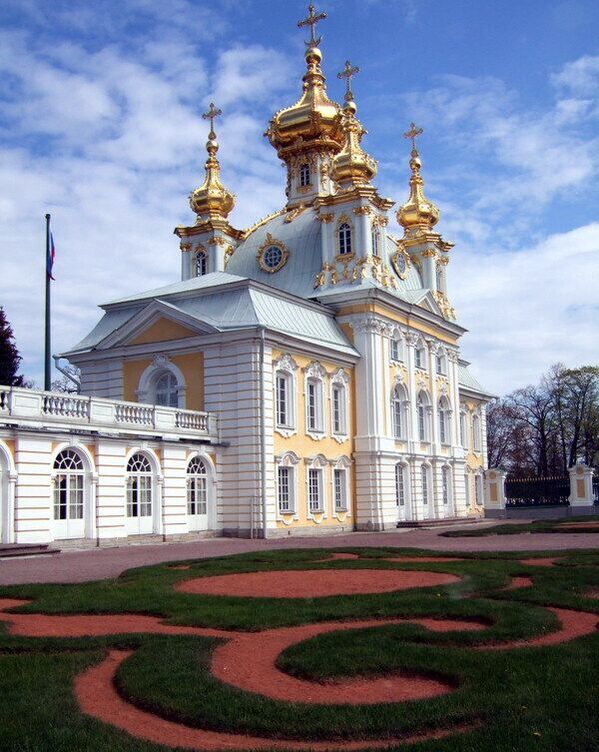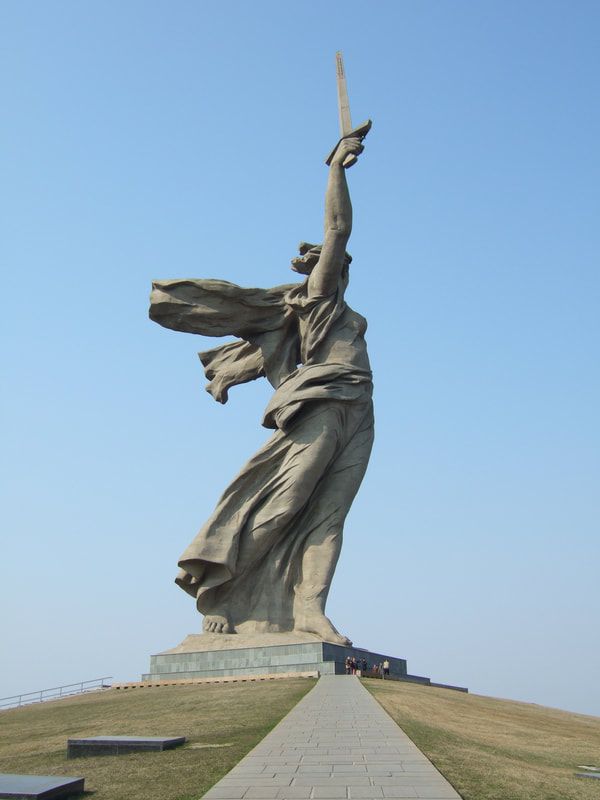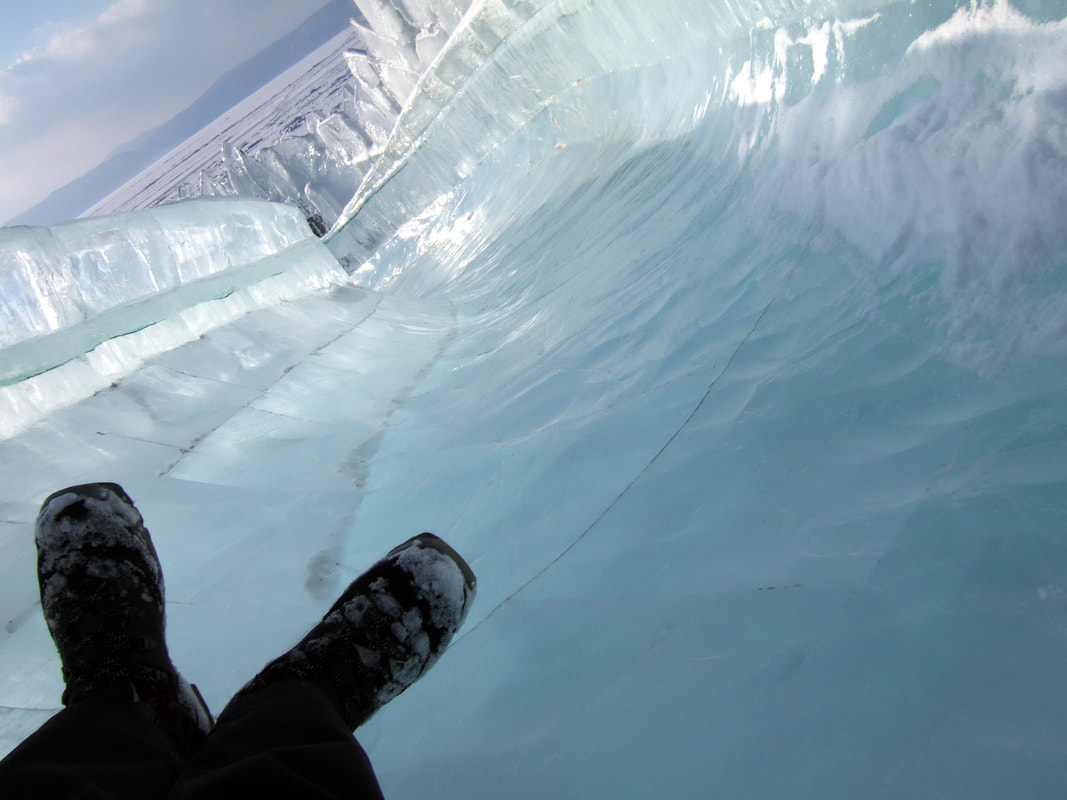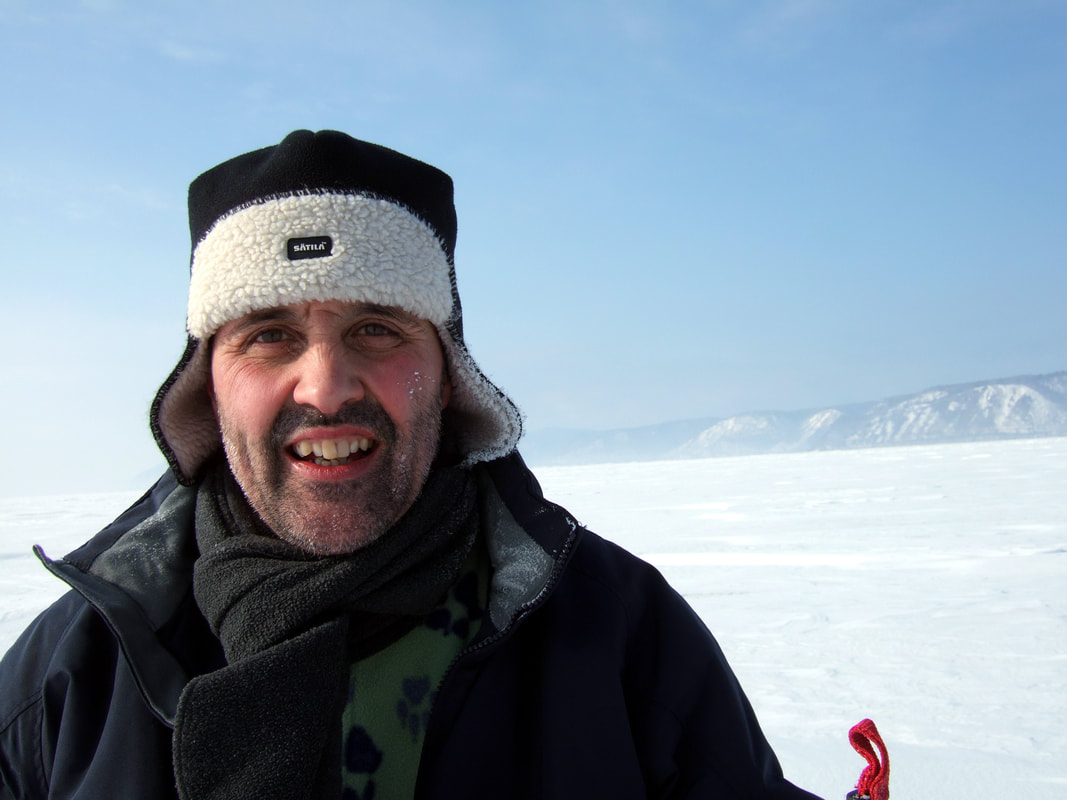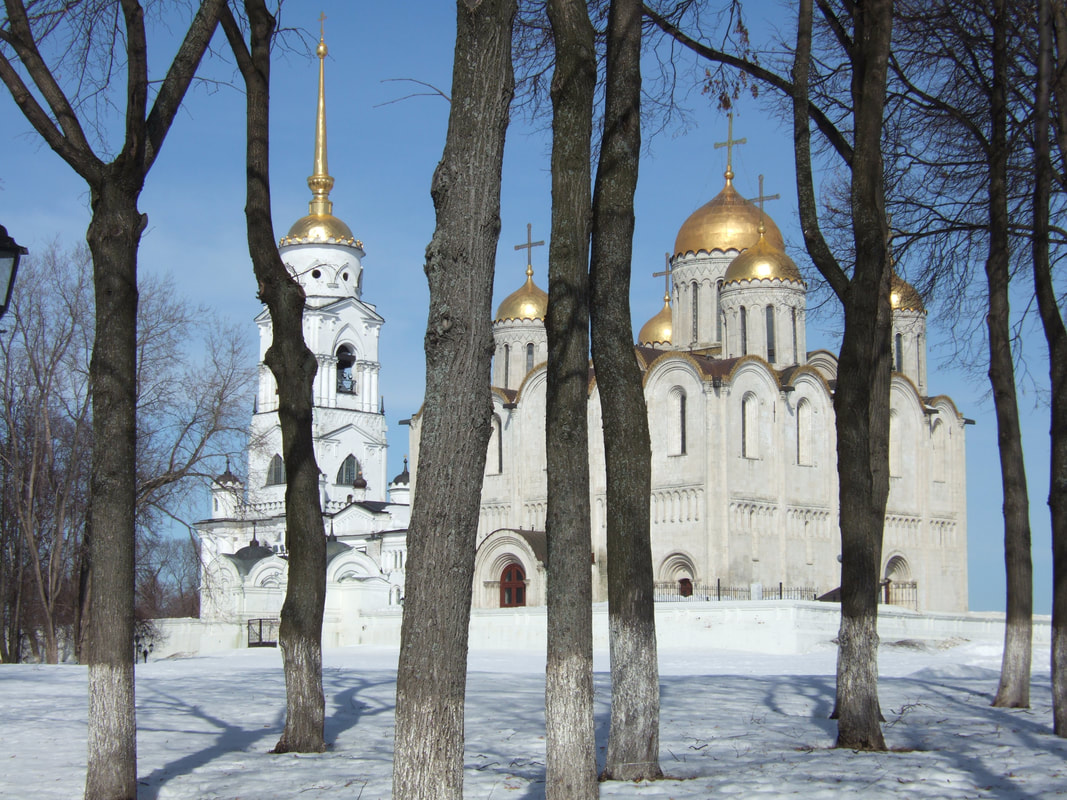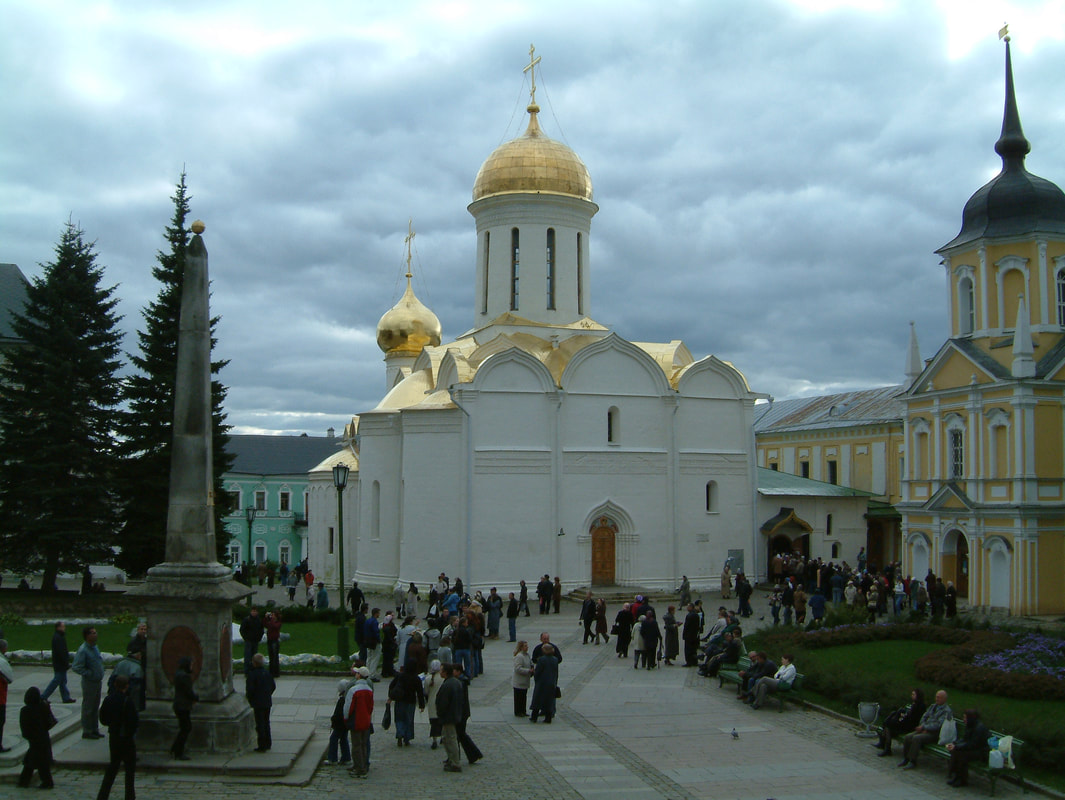Above: Kolomenskoe
St PetersburgIn a way, it seems strange that I only visited this city once, considering I was already in Russia. The visit was made in 2008, when my first son Thomas was going through the "terrible twos".
My sister was visiting and we took the overnight express from Moscow. The State Hermitage Museum
Left: Death of Adonis - Apparently it took Giuseppe Mazzuola almost 30 years to produce this! The tale of the death of Adonis comes from Ovid's Metamorphoses and tells of the handsome youth, beloved of the goddess Venus, who died whilst out hunting boar. This is housed within the Large Italian Skylight Room. Below left: The Raphael Loggias - a replica of the Vatican Loggias. Below right: The Large Italian Skylight Room. Thomas fell asleep in my arms as I carried him through the rooms. The nice "babooshka" who supervised the room invited me to sit down in her chair. Is was not long before both of us were having a snooze! The green vase is made out of malachite Cu2CO3(OH)2. |
Above: Palacesquare with Yuliya and Thomas left.
Below left: Saints Peter and Paul Cathedral - The cathedral houses the remains of almost all the Russian emperors and empresses from Peter the Great to Nicholas II and his family, who were finally laid to rest in July 1998. Among the emperors and empresses buried here was Catherine the Great, Empress of Russia for 34 years.
Below right: Church of the Savior on Spilled Blood - Erected on the site where political nihilists fatally wounded Emperor Alexander II in March 1881.
Below left: Saints Peter and Paul Cathedral - The cathedral houses the remains of almost all the Russian emperors and empresses from Peter the Great to Nicholas II and his family, who were finally laid to rest in July 1998. Among the emperors and empresses buried here was Catherine the Great, Empress of Russia for 34 years.
Below right: Church of the Savior on Spilled Blood - Erected on the site where political nihilists fatally wounded Emperor Alexander II in March 1881.
VolgogradAs everyone knows, Vogagrad was once known as Stalingrad and is where one of the bloodiest battles in history took place. I took the sleeper from Moscow with a few colleagues/friends.
Left: The steam powered mill was built in 1903. It was equiped with electrical generator and boiler station. There was a railway from the mill to the hithe, that was demounted after the war. The owner of the mill was Aleksander Gergardt, an ethnic German. His name is inscripted on the wall. In the 1930-s the mill was named after Grudinin, in honour of the lathe operator K. Grudinin who was killed because of his communistic activity. During the Stalingrad battle the observation point of I. P. Elin, the commander of the 42nd regiment of the 13th Rifle Division, was situated here. The mill, the house of Pavlov and the house of Zabolotniy were the main defensive posts in the centre of Stalingrad.
Below left: Pavlov's House - It gained its popular name from Sergeant Yakov Pavlov, who commanded the platoon that seized the building and defended it during the long battle.
Below: The Motherland calls on Mamayev Kurgan, an 85 metre statuethat calls on her "sons and daughters" to fight the invaders. It is most likely that the sculptor Vuchetich sculpted the figure from the discus thrower Nina Dumbadze, and the face from his wife Vera. Apparently it is hollow, with rooms.
|
Irkutsk and Lake BaikalThis is the furthest east I have traveled. The trip was made with five friends from work in 2008. I remember the bank machine swallowing my card in the hotel that we were staying at. I should have taken plenty of cash. Although they are not meant to do so, the card was handed to the hotel reception, so I could collect it on my arrival back to the hotel.
Left: Despite doing some research, I do not know who this is a statue of near to the Irkutsk Academic Drama Theatre.
Below left: Alexander III, emperor of Russia, king of Poland, and grand duke of Finland.
Below right: I think everyone knows this one! Vladimir Ilyich Ulyanov, better known as Lenin.
Irkutsk was really just an overnight stop with the village of Listvyanka, 70 km north of Irkutsk and near to where the Angara River leaves Lake Baikal.
We stayed in these wooden huts which had a wood burning stove inside. We enjoyed the ice slides, ice sculptures, skiing across the lake to Baykal village, driving snowmobiles, dog sleighing and building an igloo. |
SuzdalI visited Suzdal in 2006. While Vladimir is now an industrialised city, Suzdal remains small with a population of around ten and a half thousand, so feels like a real step into the past.
Several of its monuments are listed as UNESCO World Heritage Sites. Left: Museum of Wooden Architecture
Below left: St Euthymius Monastery Below: Kremlin Cathedral of the Nativity |
VladimirI visited Vladimir twice, firstly with a couple of male work-mates and my future wife in 2004 and then again in 2006 with my sister, nephew and another colleague. It is just over 200km from Moscow.
Vladimir has a notable significance in Russian history, as it served as the country's capital city in the 12th-13th centuries. Left: Monument 850 Years of Vladimir 2006. It comprises a concave three-sided obelisk with a statue on each side. The first is of an ancient warrior facing the Golden Gates, the second is of an architect facing the Dormition Cathedral and the final one is of a modern-day worker facing the industrial sector of the city.
Below left: Assumption Cathedral 2006
Below: Golden Gate 2004 |
Sergiev PosadSergiyev Posad grew in the 15th century around one of the greatest of Russian monasteries, the Trinity Lavra established by St. Sergius of Radonezh. It is considered the spiritual centre of the Russian Orthodox Church.
My wife kissed the reliquary containing the relics of Saint Sergius and prayed for a baby. She missed her next period and Thomas is now a teenager! |
We returned with Thomas in 2011....






